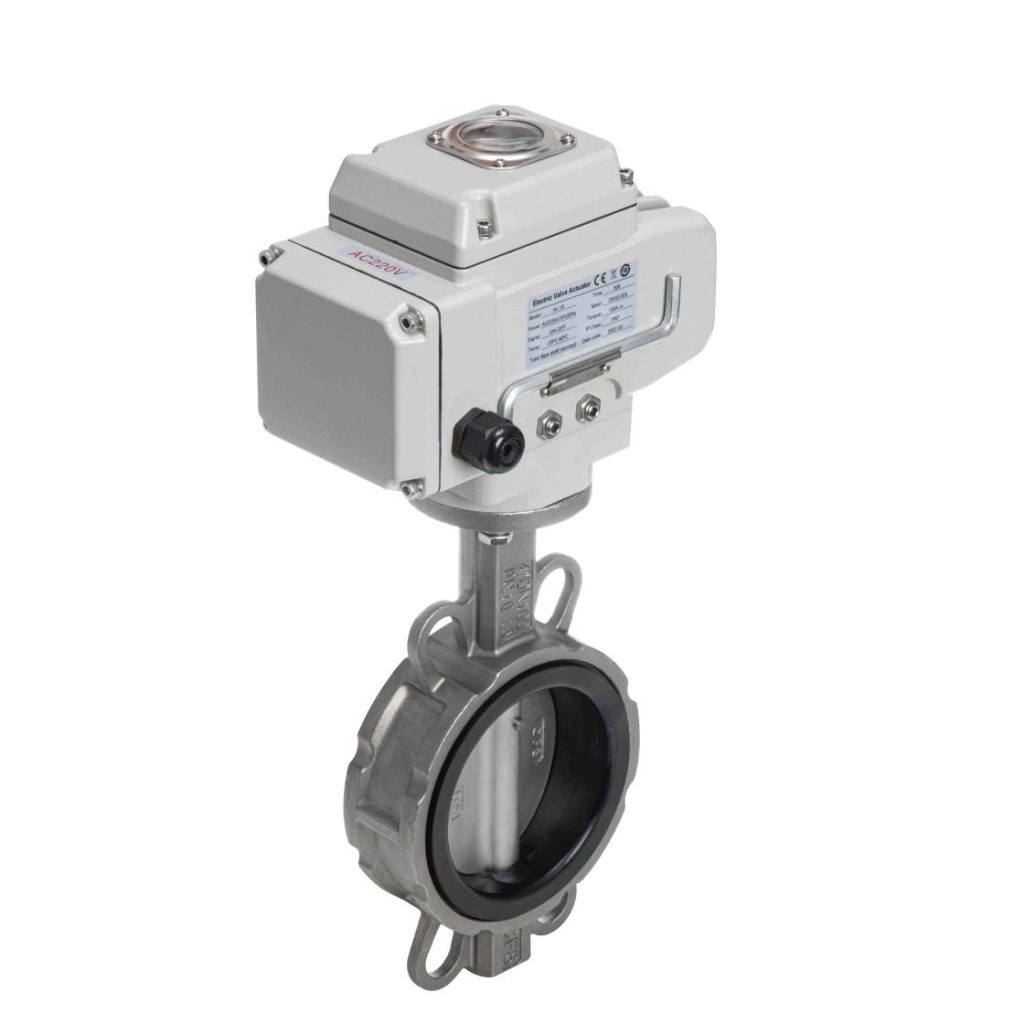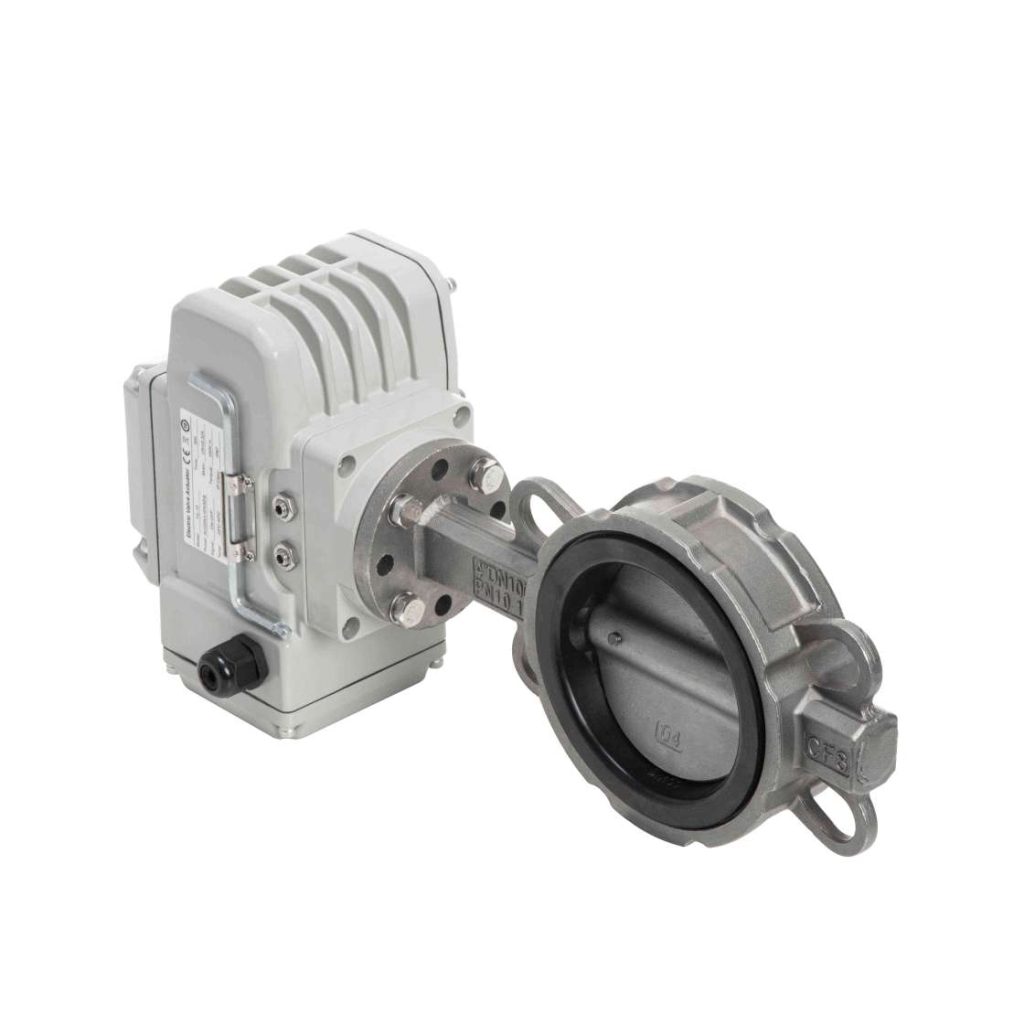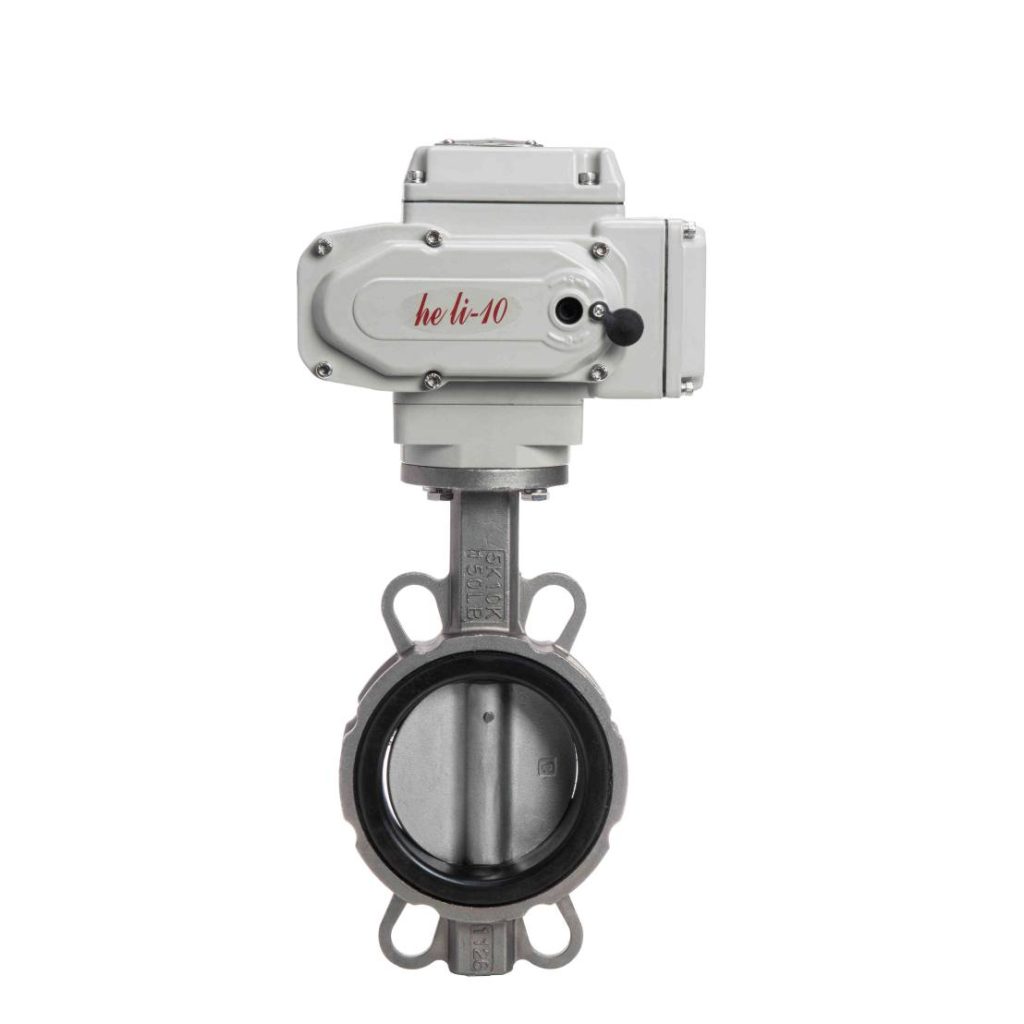An Electric Clamp Butterfly Valve is an essential component in modern industrial systems, particularly in fluid and gas handling. Known for its efficiency, cost-effectiveness, and versatile performance, this type of valve plays a significant role in regulating the flow of liquids or gases through pipelines. It offers significant advantages in various industries, such as water treatment, chemical processing, HVAC systems, and more. In this article, we will explore the working principle, design, benefits, and applications of Electric Clamp Butterfly Valves.

Working Principle

The Electric Clamp Butterfly Valve operates based on a relatively simple yet effective principle. It consists of a disc (the “butterfly”) that is mounted on a rotating shaft inside a pipeline. The disc is connected to an actuator, which is powered by electricity. When the actuator receives an electrical signal, it turns the shaft, which causes the butterfly disc to either open or close, thereby regulating the flow of fluid or gas within the pipeline. The key feature of the Electric Clamp Butterfly Valve is its clamp-style connection, which allows for quick and easy installation and removal. The “clamp” refers to the mechanism used to secure the valve onto the pipeline, often employing a clamp ring or similar attachment system to provide a leak-proof seal without the need for welding or threading.
